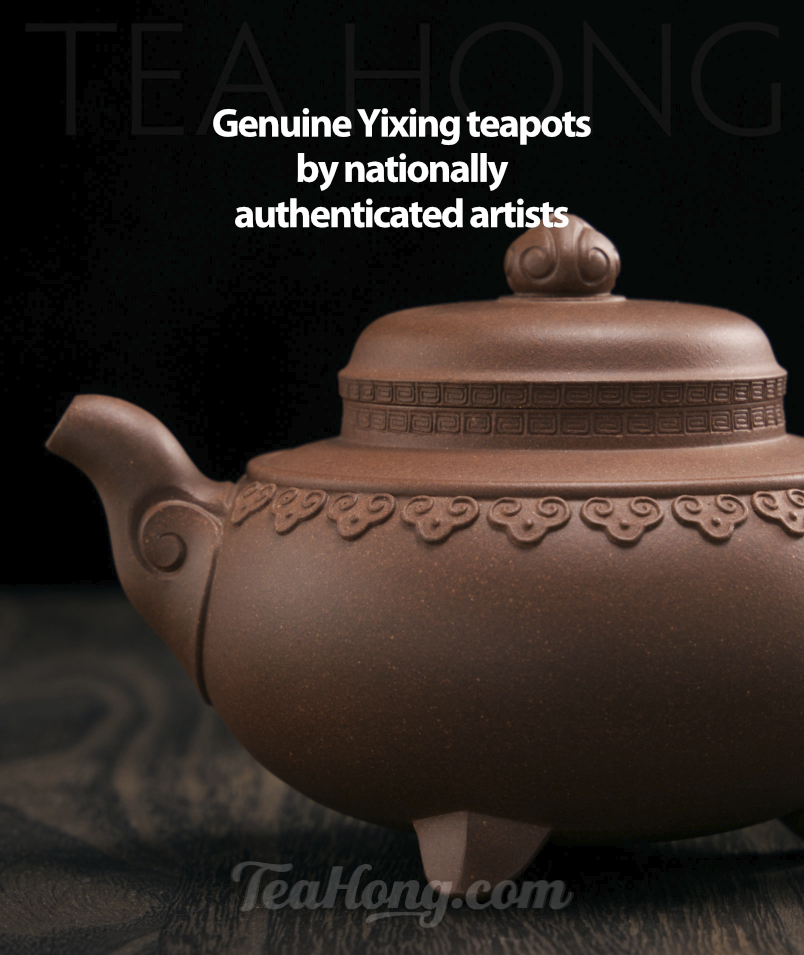Pu’er: Myth of Origin & Reality of Blending
Alternative sources
Older tea trees of similar indigenous cultivars of the assamica variety as in Yunnan live well across the southern borders in Vietnam, Laos and Burma (Myanmar). Tea has been in existence in these geographic neighbours for as long as recorded history. Yet they do not yet have an economic structure for better use of the plant, at least not as good as that in China. In addition to the lower cost index in these nations, collecting from these places are therefore quite viable, when one knows where to go, and who to go to.
The same reason that renders these places as lower cost sources is also why they do not have good consistency in quality. People there are still quite new to tea production. Even the most basic know-hows in plucking and drying are rudimentary, if not lacking.
That is why Yunnan collection agents have been there to spread the skills. Some are still here. Most of the leaves collected from the Southeast Asian countries are used as ingredients for the surface layer of the compressed products, for their better look.
Some others are sold as new label loose leaf shengcha varieties, such as Moon Light White, which are in effect lightly oxidized teas, as in Silver Needle or White Peony, the white teas.
Nevertheless, dollar for dollar, raw materials from these origins, if properly processed, can deliver better taste quality than that from Yunnan, where competition has forced up the price.
Pu’er: impure origin because of the need for blending
Other than the look, taste is also a reason for blending. While some cultivars of the sinensis variety yield higher polysaccharide contents for the enduring sweetness of finer pu’ers, the pungent sharpness and strength of cultivars from the assamica strand is needed when the tea is intended for maturing for an extended amount of time, during when softer tasting teas will lose too much of their pitch. The assamica strand is what is native in this Yunnan-Southeast Asian area.
Pu’er: the need for honest labelling
There are genuine single cultivar, individual batch, authentic origin productions for both sheng and shu cha varieties of pu’er, but simply not as many as the retail market would want you to believe. A huge percentage of what you see in the market are made from raw materials from different origins. Blended, in another word. The mountain names, such and such labels, old factory names etc are more about higher profit margins and market share battle than about authenticity.
Blending — the process of mixing tea productions from different origins and/or harvests — is a long time tradition in pu’er anyway. Traditional factories label their shengcha and shu cha products with 4 digit numbers, such as 7262, 7532, etc, that denote the blend formulae.
Only very few producers are honest about their labels, and even so, that is practiced only in some products, especially that with declared single batch.
The purity of origin of pu’er in Yunnan is overall more a myth than a practice respected by the producers themselves. Since the beginning, pu’er tea has never been a pure Yunnan production. From the 50’s till 70’s, a lot of the materials come from around Guangdong, Jiangxi, Guangxi, Guizhou etc, and now even from Laos and Fujian. It is a reality that the origin designation cannot hide.
Having expressed all these points, however, I do not mean to tell pu’er is a lesser tea. On the contrary, I think what really makes a good tea is its gastronomic values, uniqueness and honesty to its own nature. I think it is unrealistic to declare the IGPRPC designation. Shu cha pu’er is the name of a tea more defined by the leaf quality and post-fermentation process rather than by its origin. While some are single estate, most aren’t. Shengcha is rather like a white tea, except never as soft and sweet as the original ones from Fujian and most would mature to a different tasting product. I think they should have the real origin and cultivar type stated as in other white teas. To liberate the definition of these tea subcategories from the meaningless tie with the town of Pu’er, more and better choices, better values, and much friendlier trading and producing environment will come about. This will be to the benefits of both the trade and the consumer.
Qualifying standards for the future of pu’er
Before a realistic and practicable valuation system for pu’er tea is setup, rather like that for fine wine, we have to confront the facts and realities of what is going on in the market before the conceptual structure of that system is even formed. Otherwise, it is only a bubble within a bubble. It would be extremely unfair for traders and consumers alike to see a great tea category being messed up by some people who are in certain positions powerful enough to make decisions all by themselves, and yet so completely detached from reality and the need of the market. It maybe just a few more bubbles that they burst and they can shrug their shoulders and walk away, but this may kill a category, or the growth potential of a great commodity, and, most importantly, the livelihood of the many, many people who have so much stake in it.
Original article published on Sept 13, 2011 edited and updated as shown














